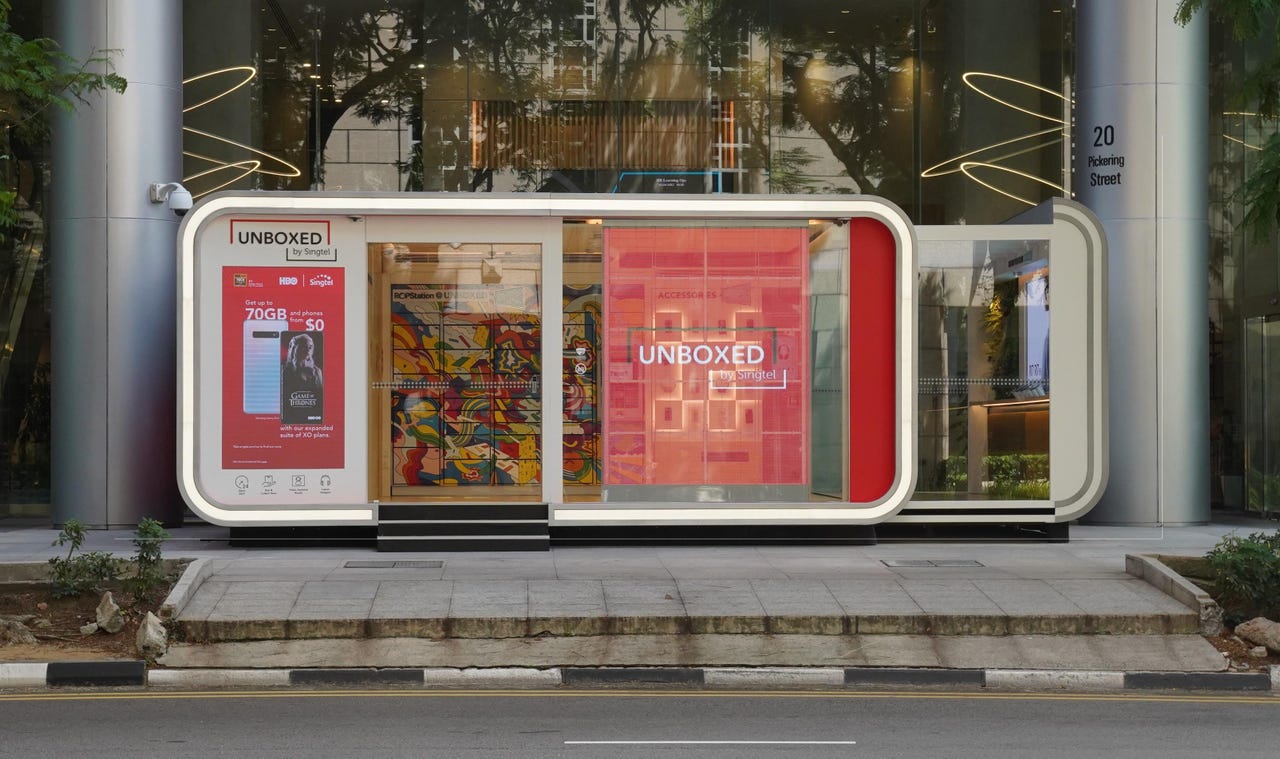Airtel pinned for dragging Singtel Q1 down


Singtel Group has reported a slight dip in revenue of SG$21 million to SG$4.1 billion alongside a 2% drop in earnings before interest, tax, depreciation, and amortisation (EBITDA) to SG$1.18 billion for its first quarter of fiscal year 2020 to June 30.
Thanks to a SG$162 million exceptional loss by Airtel and increased depreciation, the Singaporean telco has seen its underlying net profit drop by 22% to SG$575 million and net profit fall 35% from SG$832 million to SG$541 million.
The loss by Airtel was related to provisioning for "derivative liabilities relating to customary indemnities provided to a group of investors of Airtel Africa and expenses relating to its listing", as well as depreciating 3G assets and spectrum refarming.
In March, Singtel parted with SG$735 million to purchase shares in Indian telco Bharti Airtel, however its holding dropped from 39.5% to 35.2% after the share offer.
"The Airtel impact aside, business is stable as we continued to execute to strategy in the first quarter," Singtel Group CEO Chua Sock Koong said.
"This was achieved against a backdrop of heightened competition, sustained industry headwinds and subdued economic growth."
For its Singapore consumer segment, overall revenue was down 5% to SG$518 million with fixed revenue dropping 12% to SG$140 million, while mobile service revenue dropped SG$17 million to SG$248 million and equipment sales and leasing increased SG$14 million to SG$117 million.
Singtel now has 2.61 million postpaid customers, up 35,000 since last quarter, and 1.61 pre-paid customers, down 15,000 quarter-on-quarter. Average revenue per user (ARPU) was down across the board, with postpaid ARPU dropping 13% to SG$40 and prepaid ARPU down 7% to SG$17.
The enterprise segment also had a 5% overall revenue drop, recording SG$1.4 billion taken in during the quarter. Singtel cited weaker demand from government and finance customers in Australia, as well as price competition and cautious business environment as reasons for the decline.
The digital life group experienced a 17% jump in revenue to SG$301 million, the vast majority of which was made up of by Amobee.
In terms of EBITDA, consumer grew 0.6% to SG$799 million, enterprise went backwards by 7% to SG$417 million, and digital life cut its loss in half compared to the same time last year, being in the hole for SG$12 million.
From its regional associates, Singtel took in 14% less revenue to record $335 million. This was made up of SG$280 million from Telkomsel in Indonesia, up 18%; Thailand's AIS was stable at SG$94 million; and Globe in the Philippines was up 4% to SG$98 million. Thai telco Intouch decreased 7% to contribute SG$26 million, while Airtel loss SG$162 million across India, Sri Lanka, and Africa.
Across the group, staff costs were down 7% from SG$677 million to SG$628 million. Optus saw a 20.5% cut in staff costs, while the rest of business had a 2% increase in staff costs. In headcount numbers, Optus staff numbers are down 12.7% to 7,114 at June 30, and the rest of the group has 16,120 staff, down 3%.
See also: Singtel to buy $525M worth of India's Bharti Airtel shares
During the quarter, net cash outflow was SG$1.26 billion, including the SG$735 million for Airtel shares, as well as SG$202 million in capital expenditure for Singtel, split between SG$49 million on mobile network and SG$153 million on fixed and core infrastructure, and AU$340 million in capital expenditure for Optus split out as AU$235 million on mobile network and AU$105 millioon for fixed and core infrastructure.
For the rest of the fiscal year to 31 March 2020, the company said it is expecting overall revenue to grow by mid-single digit, and EBITDA to increase by high-single digit. Overall capital expenditure is set to hit SG$2.2 billion, with AU$1.4 million to be allocated to Optus.
Last week, ratings agency S&P downgraded its outlook for Singtel to negative.
"We revised the outlook on Singtel to reflect increasing competition in the company's major operating markets and the concurrent elevated cash needs for capital expenditure and dividend payout," S&P wrote.
"The outlook revision also reflects the risk of Singtel's operating metrics deteriorating, or the company undertaking debt-funded investment or spending more than we anticipate."
S&P said they do not expect the launch of TPG in Singapore to cause a decline in its business.
"We believe Singtel's SIM-only and GOMO plans have captured more price-sensitive segments of the market," the ratings agency said.
"Additionally, TPG's network coverage remains lackluster in a country where consumers are used to almost-seamless connectivity. Unless TPG's strategy substantially undercuts the market and its network quality improves, TPG may find it difficult to establish a strong foothold in the market."
Related Coverage
Singtel's cross-border payments system expands to Japan
The Via cross-border payments system has expanded into Japan thanks to a partnership with Netstars.
Singtel Group regional associates' earnings dropped 37% for the fiscal year
The overall Singtel Group decreased its customer base from 706 million to 650 million customers.
Singtel launches unmanned pop-up shop in Singapore
The over-sized vending machine will move around Singapore.
Singtel will give free mobile data to people that walk
Customers will receive 3GB of mobile for walking 10,000 steps daily for a month.